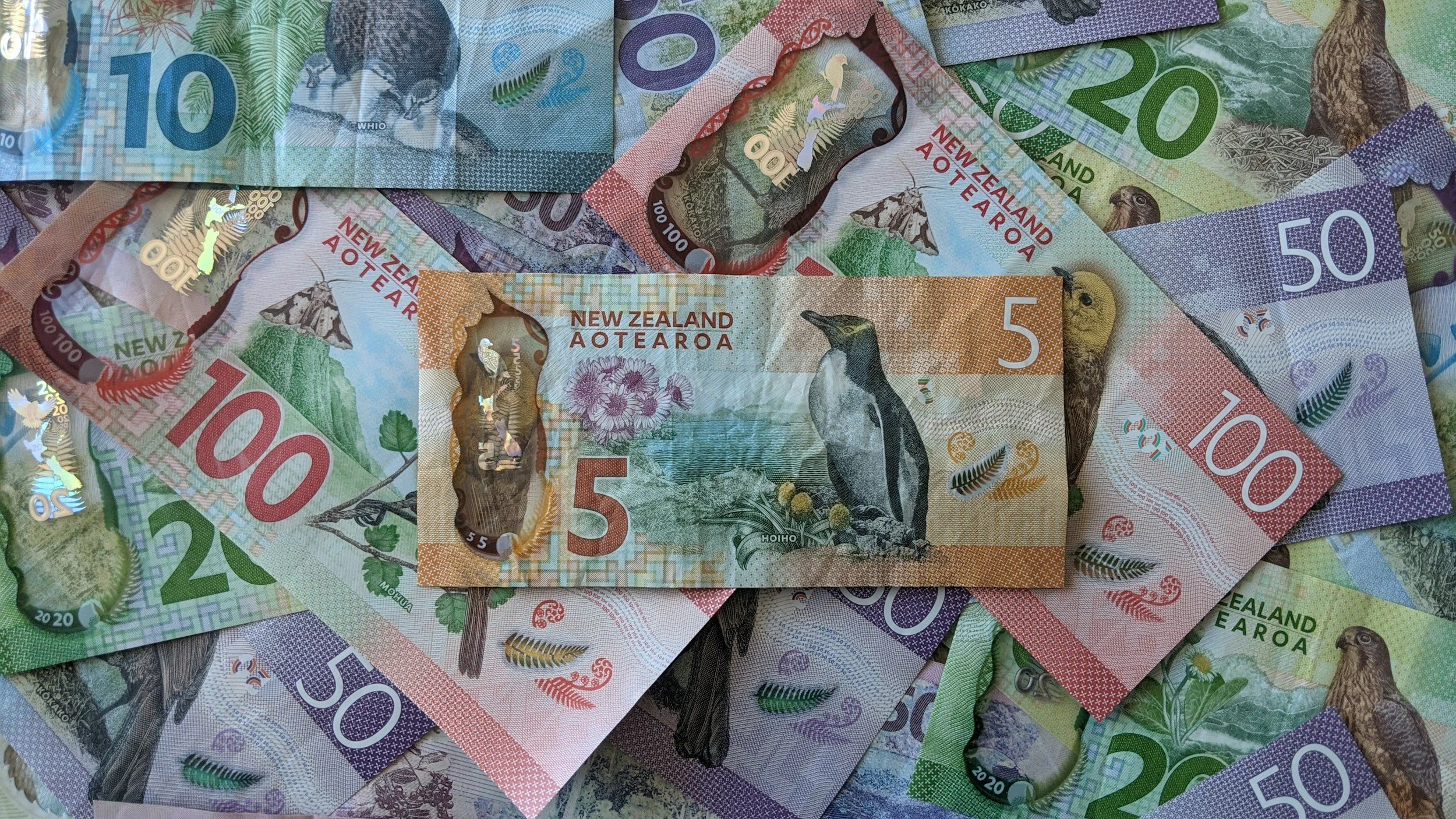As business owners, we all know that life has a funny way of throwing curveballs. Whether it’s a surprise equipment meltdown, an unexpected health scare, or a sudden drop in income, things rarely go according to plan. This is exactly why an emergency fund is not just a nice-to-have—it’s a must-have. Think of your emergency fund as the financial version of a fire extinguisher. You hope you never need it, but when you do, you’ll be glad it’s there. So, how do you decide how much to save, and where do you stash it, so you’re not tempted to spend it on "emergencies" like buying another fancy coffee machine for the office?
Key Points:
1. Decide ahead of time what your emergency fund will cover.
2. Aim for 3-6 months of operating expenses:
It sounds like a lot, but it’s the buffer that’ll keep you afloat when the unexpected hits. Think of it as the financial equivalent of a seatbelt—doesn’t do much until you need it, but when you do, you’ll be glad you have it.
3. Separate your emergency fund:
Don’t mix your emergency fund with other savings—like the "tax fund" or the "I’m off to Hawaii fund." You don’t want to accidentally dip into your emergency stash to pay for that spontaneous weekend getaway or the new office plants (as cute as they are). Consider putting it into a separate account that takes more effort to access, even if it is at another bank.
4. Start small, grow over time:
You don’t need to throw huge amounts of cash into your emergency fund right away. Even saving a little bit each month will add up. Think of it as your savings plan’s version of "slow and steady wins the race." Plus, it’s less stressful than trying to stash away a small fortune in one go.
Having an emergency fund is like having a superpower: It won’t solve everything, but it sure makes you feel invincible when life throws you a curveball. So, start saving today (even if it’s just a few bucks) and pat yourself on the back—you're future-proofing your business and preparing for whatever life decides to throw your way!





